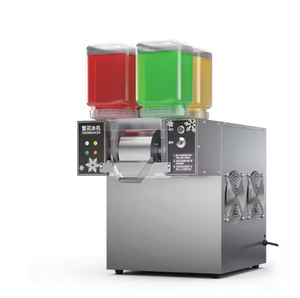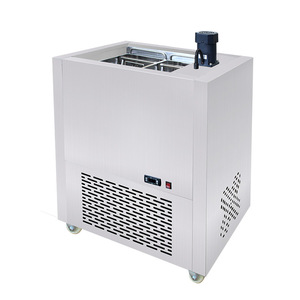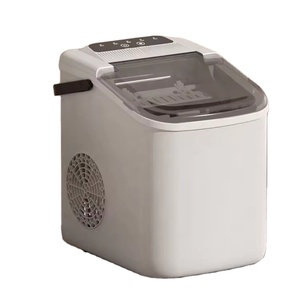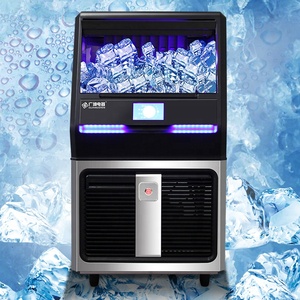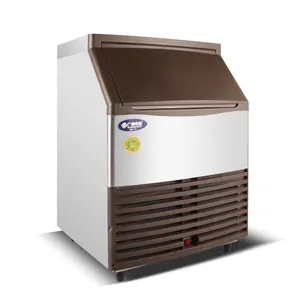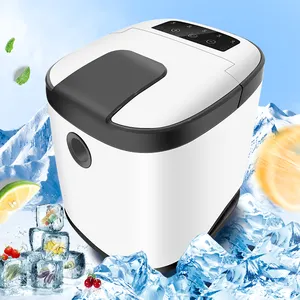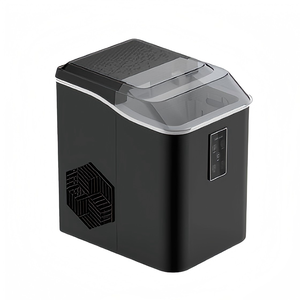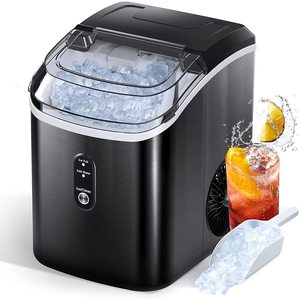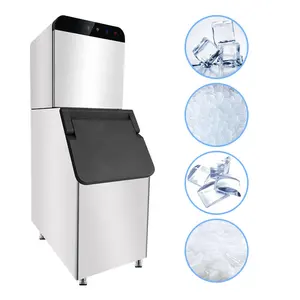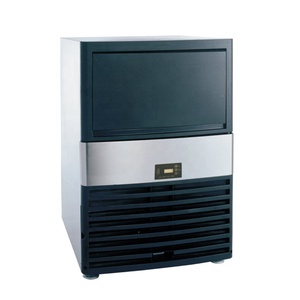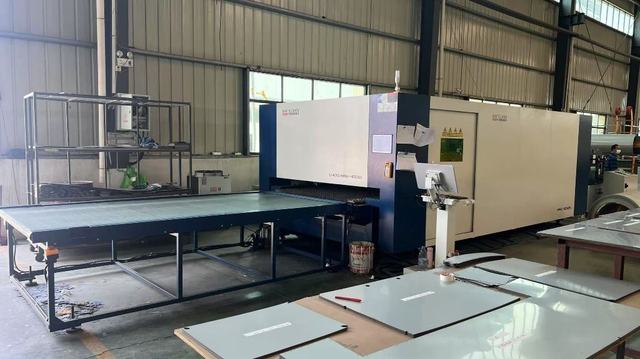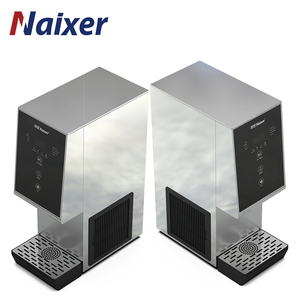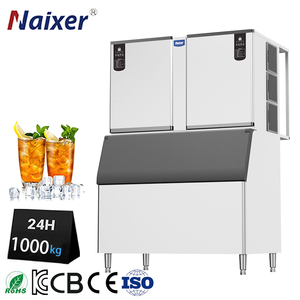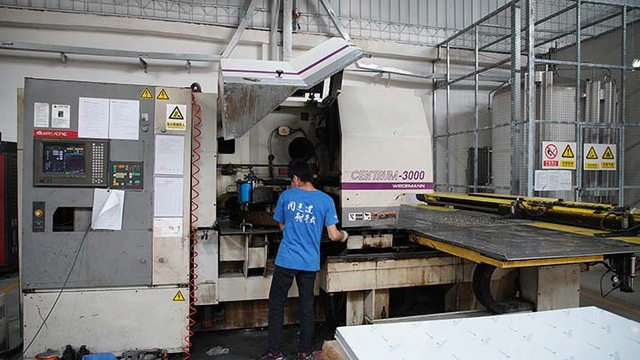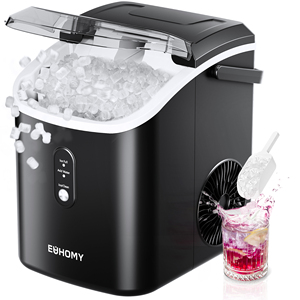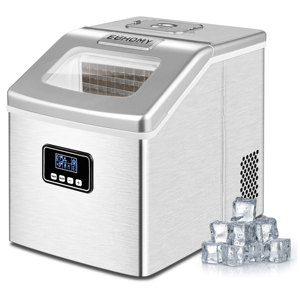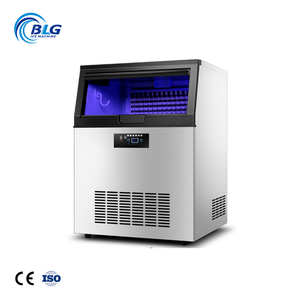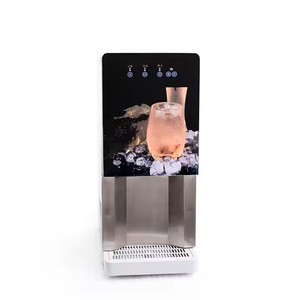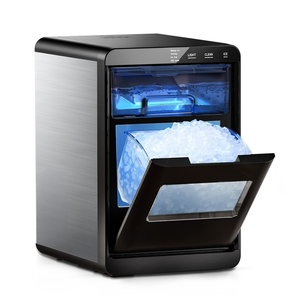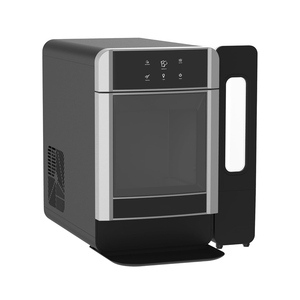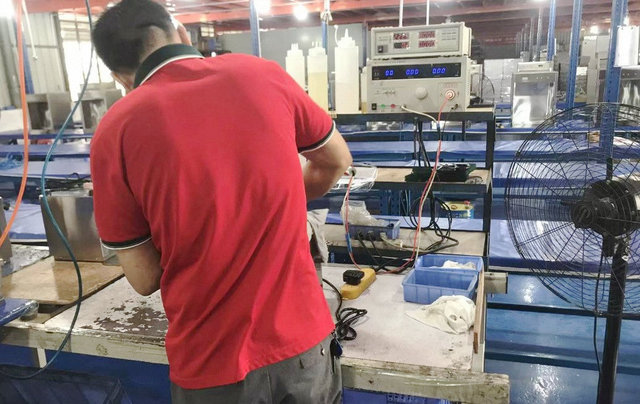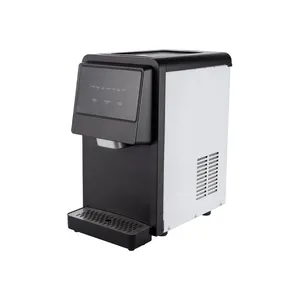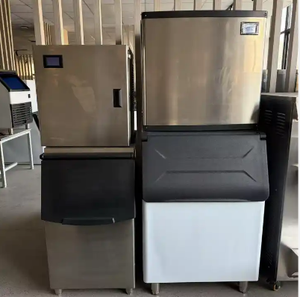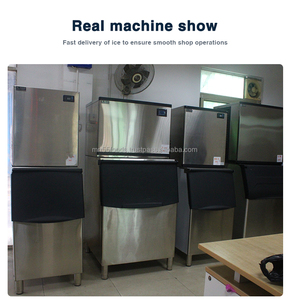Ge Opal Nugget Ice Maker









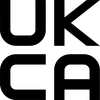










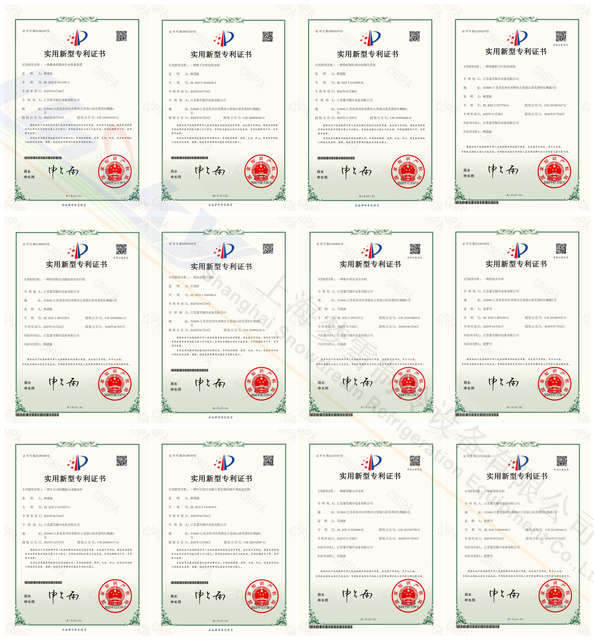







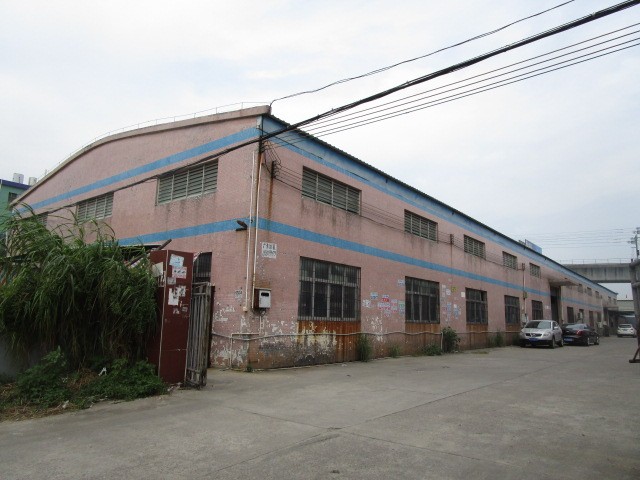



































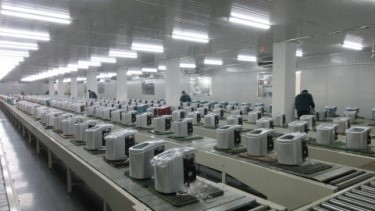









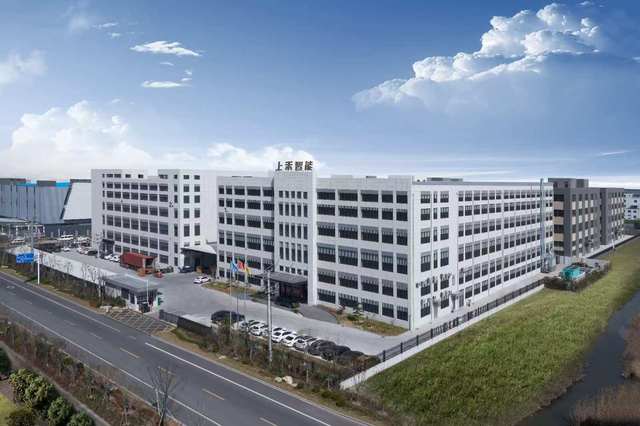



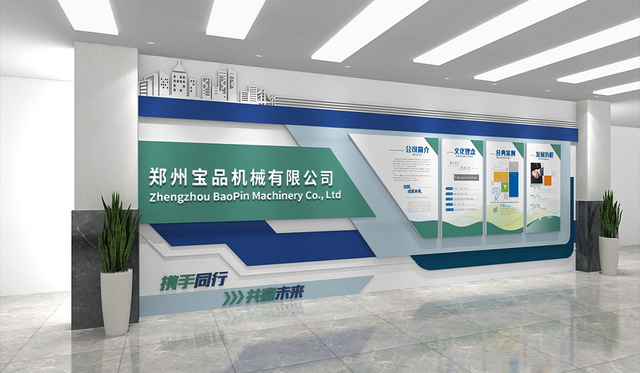
About ge opal nugget ice maker
Where to Find GE Opal Nugget Ice Maker Suppliers?
China remains a central hub for compact and commercial ice-making equipment, with key manufacturing clusters concentrated in Zhejiang and Guangdong provinces. These regions host vertically integrated supply chains specializing in refrigeration appliances, enabling rapid prototyping and scalable production. Ningbo and Guangzhou serve as primary export centers, offering access to deep technical expertise in compressor integration, evaporator design, and food-grade materials used in nugget ice formation.
The industrial ecosystem supports both mass production and customized configurations, with suppliers leveraging localized component networks—including compressors, condensers, and food-safe polymers—to reduce lead times by 20–30% compared to offshore alternatives. Average production cycles range from 15 to 30 days for standard countertop models, with established logistics corridors facilitating direct container loading for North American and European markets. Buyers benefit from proximity to Tier-1 suppliers of refrigeration subassemblies, ensuring consistent quality control across batches.
How to Choose GE Opal Nugget Ice Maker Suppliers?
Effective supplier selection requires rigorous evaluation across three core domains:
Technical and Quality Compliance
Verify adherence to international safety and performance standards such as CE, RoHS, and UL listings where applicable. While not all suppliers hold ISO 9001 certification explicitly, prioritize those demonstrating documented quality management systems, including incoming material inspection, in-process testing, and final product validation. Request test reports on critical parameters: daily ice yield (typically 15–25 kg/24h for residential models), power consumption (100–175W), and noise levels (≤45 dB).
Production and Customization Capacity
Assess operational scale through verifiable metrics:
- Minimum factory area exceeding 3,000m² for sustained volume output
- In-house tooling and molding capabilities for plastic components
- Customization options including color variants, logo branding, packaging, and voltage adaptation (110V/220V)
Cross-reference declared production capacity with online transaction volume—suppliers reporting annual revenues above US $100,000+ typically maintain stable assembly lines and inventory buffers.
Transaction Reliability and Support
Prioritize partners with proven on-time delivery records (target ≥95%) and response times under 4 hours. Utilize trade assurance mechanisms for payment protection, particularly when placing initial orders. Confirm post-sale support availability, including spare parts supply and technical documentation (user manuals, wiring diagrams). Pre-shipment inspections via third-party agencies are recommended for bulk purchases.
What Are the Best GE Opal Nugget Ice Maker Suppliers?
| Company Name | Location | Main Products (Listings) | Online Revenue | On-Time Delivery | Avg. Response | Reorder Rate | Min. Order Quantity | Price Range (USD) |
|---|---|---|---|---|---|---|---|---|
| Qinyang Lede Trading Co., Ltd. | Zhengzhou, CN | Ice cream machine (877) | US $20,000+ | 100% | ≤2h | 17% | 1 pc | $389–$1,108 |
| Ningbo Jewin Electrical Appliances Co., Ltd. | Ningbo, CN | Commercial Ice Cream Machine (846) | US $5,000+ | 100% | ≤4h | <15% | 100 pcs | $43–$60 |
| Ningbo Aquart Electrical Appliance Co., Ltd. | Ningbo, CN | Other Snack Machines (817) | US $140,000+ | 100% | ≤4h | 33% | 455 pcs | $48.50–$135.83 |
| Guangzhou Guangshen Electric Produce Co., Ltd. | Guangzhou, CN | Ice Machines (101) | - | 100% | ≤7h | - | 1 pc | $45–$1,050 |
| Shanghai Snowdream Refrigeration Equipment Co., Ltd. | Shanghai, CN | Ice Machines (776) | US $700,000+ | 93% | ≤4h | 20% | 1 pc | $1,600–$4,000 |
Performance Analysis
Ningbo Aquart stands out with the highest reorder rate (33%) and substantial online revenue, indicating strong customer retention and production consistency. Qinyang Lede and Ningbo Jewin offer low MOQs starting at 1 piece, making them suitable for small-scale importers or market testing. In contrast, Ningbo Aquart and Jewin operate at higher volumes, requiring minimum orders between 455 and 1,000 units, reflecting focus on wholesale distribution.
Shanghai Snowdream specializes in high-capacity commercial units, with prices reflecting industrial-grade builds (e.g., 250–900 kg/day output), while Guangzhou Guangshen provides entry-level pricing from $45/unit, ideal for budget-oriented buyers. All top-tier suppliers maintain 100% on-time delivery except Shanghai Snowdream (93%), though its higher transaction volume suggests scalability for large contracts.
FAQs
How to verify GE Opal nugget ice maker supplier reliability?
Cross-check self-reported revenue and delivery performance against transaction history and buyer feedback. Request evidence of compliance with electrical safety standards relevant to your market. Conduct virtual audits to confirm facility size, production lines, and quality inspection procedures.
What is the typical lead time for bulk orders?
Standard lead time ranges from 20 to 35 days after deposit confirmation, depending on order size and customization level. Mass production runs (500+ units) may require additional tooling adjustments, extending timelines by 7–10 days.
Can suppliers customize ice makers for specific markets?
Yes, multiple suppliers offer OEM services including custom colors, brand logos, user interface labels, and voltage configuration. Ningbo Aquart and Jewin explicitly list packaging and graphic customization among their service offerings.
Do suppliers provide samples? What are the costs?
Most suppliers allow single-unit purchases for sampling. Sample prices range from $45 to $1,108, often credited toward larger orders. Buyers should factor in shipping and import duties when evaluating sample feasibility.
What are common MOQs and pricing structures?
MOQs vary significantly: premium residential models start at 1 unit ($389+), while economy units require 100–798 pieces for pricing as low as $43/unit. Volume discounts are standard, with per-unit costs decreasing 8–15% at 500+ units.




